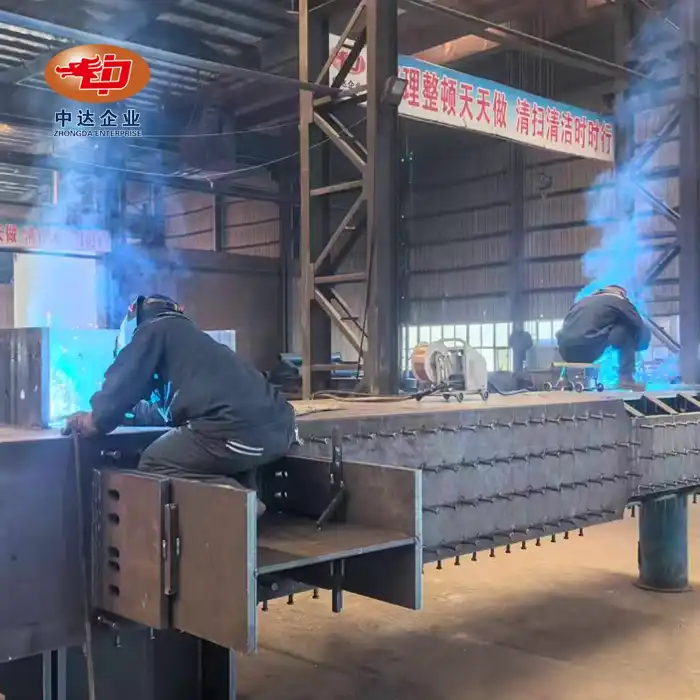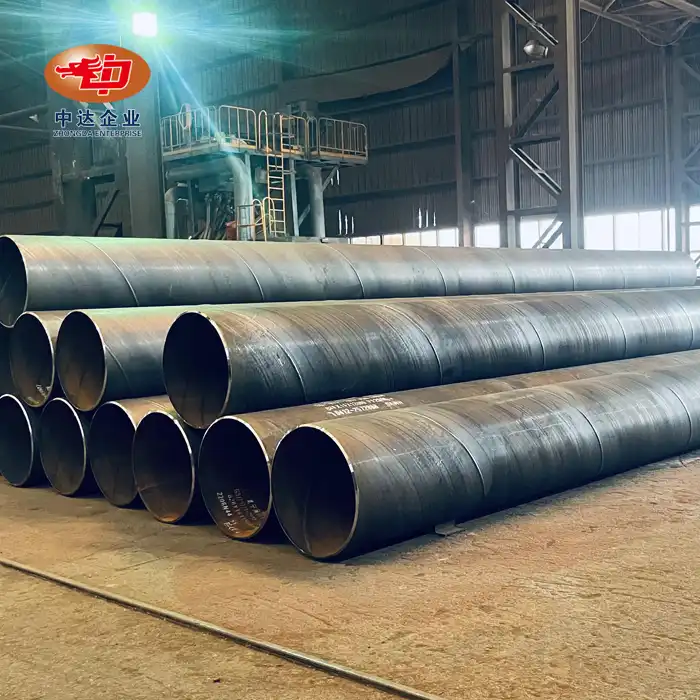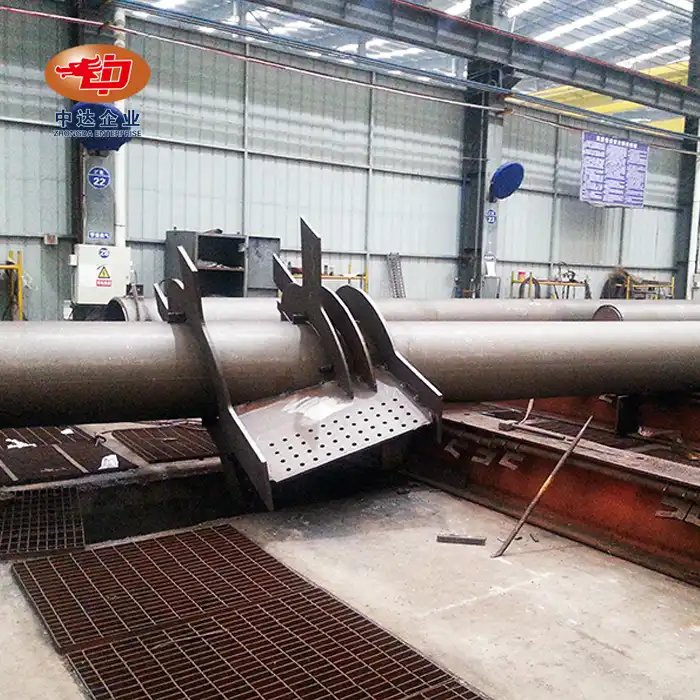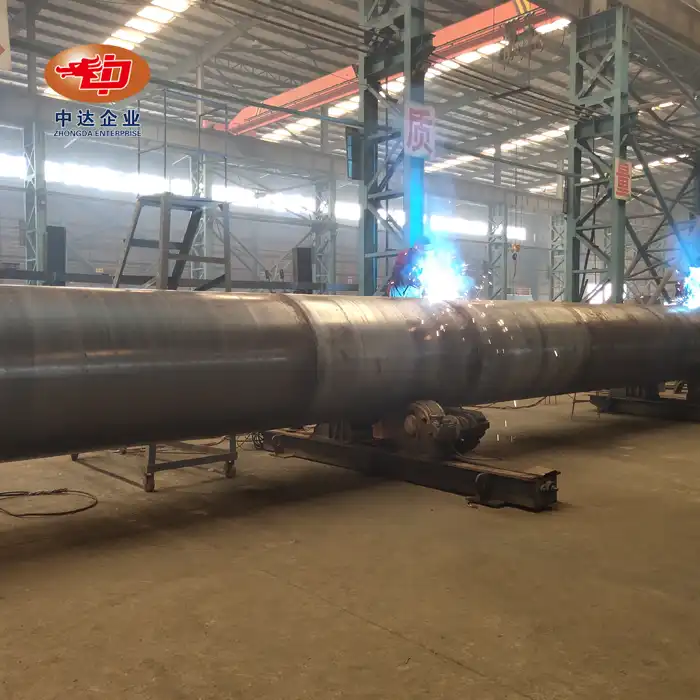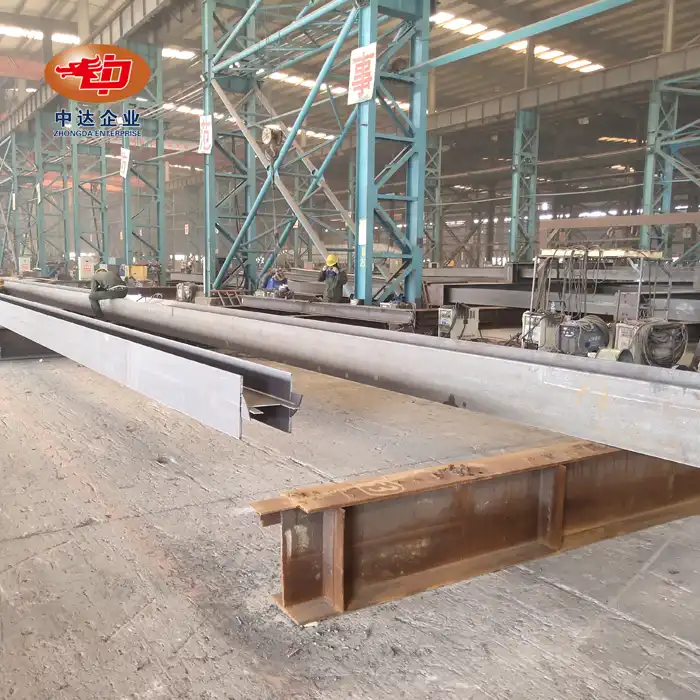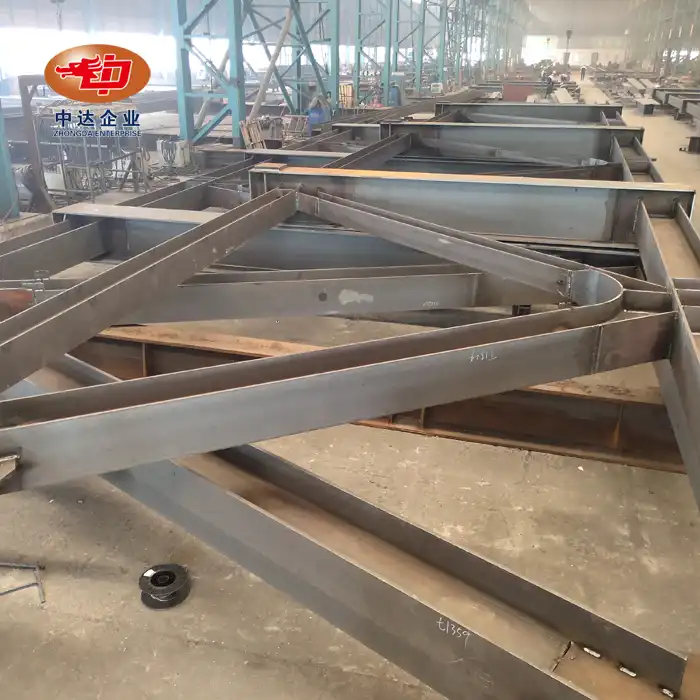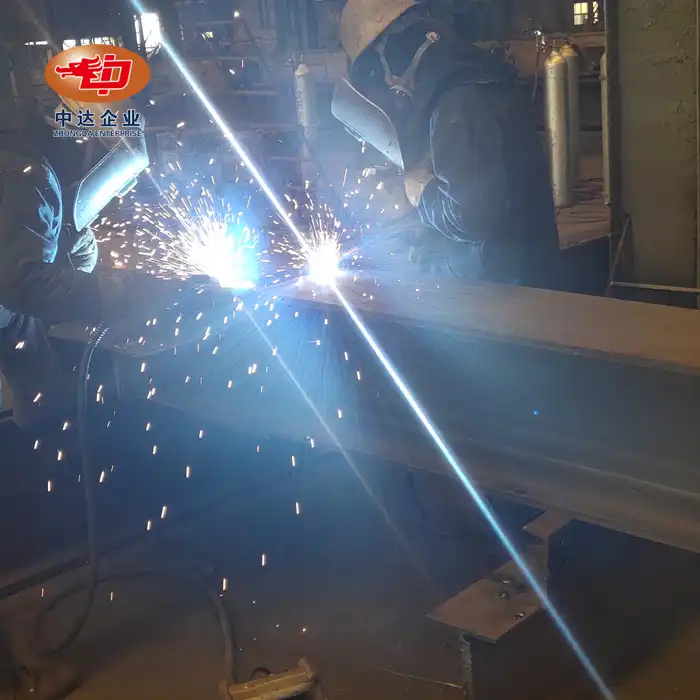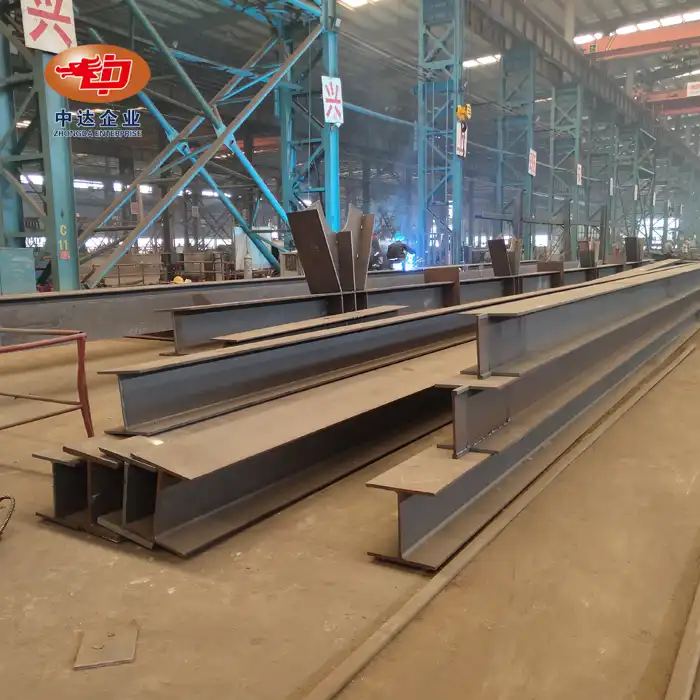Structural Integrity: Steel vs. Concrete in Stadium Design
Material Composition and Strength
Steel's crystalline structure grants it exceptional tensile strength, allowing for expansive designs that concrete simply cannot match. This inherent robustness enables steel stadiums to span greater distances without intermediate supports, providing unobstructed sightlines for spectators. The molecular arrangement of steel also contributes to its superior ductility, allowing it to flex under stress without fracturing, a critical feature in areas prone to seismic activity or extreme weather events.
Load-Bearing Capacity and Flexibility
The impressive strength-to-weight ratio of steel translates to remarkable load-bearing capabilities. Steel structures can support massive loads while maintaining a relatively light framework, reducing foundation requirements and overall construction costs. This attribute is particularly advantageous for retractable roof systems and suspended scoreboards, common features in modern stadiums. The flexibility of steel also allows for easier future modifications or expansions, adapting to changing needs without compromising structural integrity.
Weathering and Environmental Resistance
While both materials face challenges from environmental factors, steel's resilience shines through with proper treatment. Advanced corrosion protection methods, such as hot-dip galvanizing in accordance with ISO 1461 standards, create a protective barrier that significantly extends the structure's lifespan. This process, perfected by industry leaders like Zhongda Steel, ensures minimal maintenance requirements throughout the stadium's lifetime. Concrete, while initially resistant, can deteriorate over time due to carbonation and chloride ingress, leading to cracking and spalling that compromise its structural integrity.
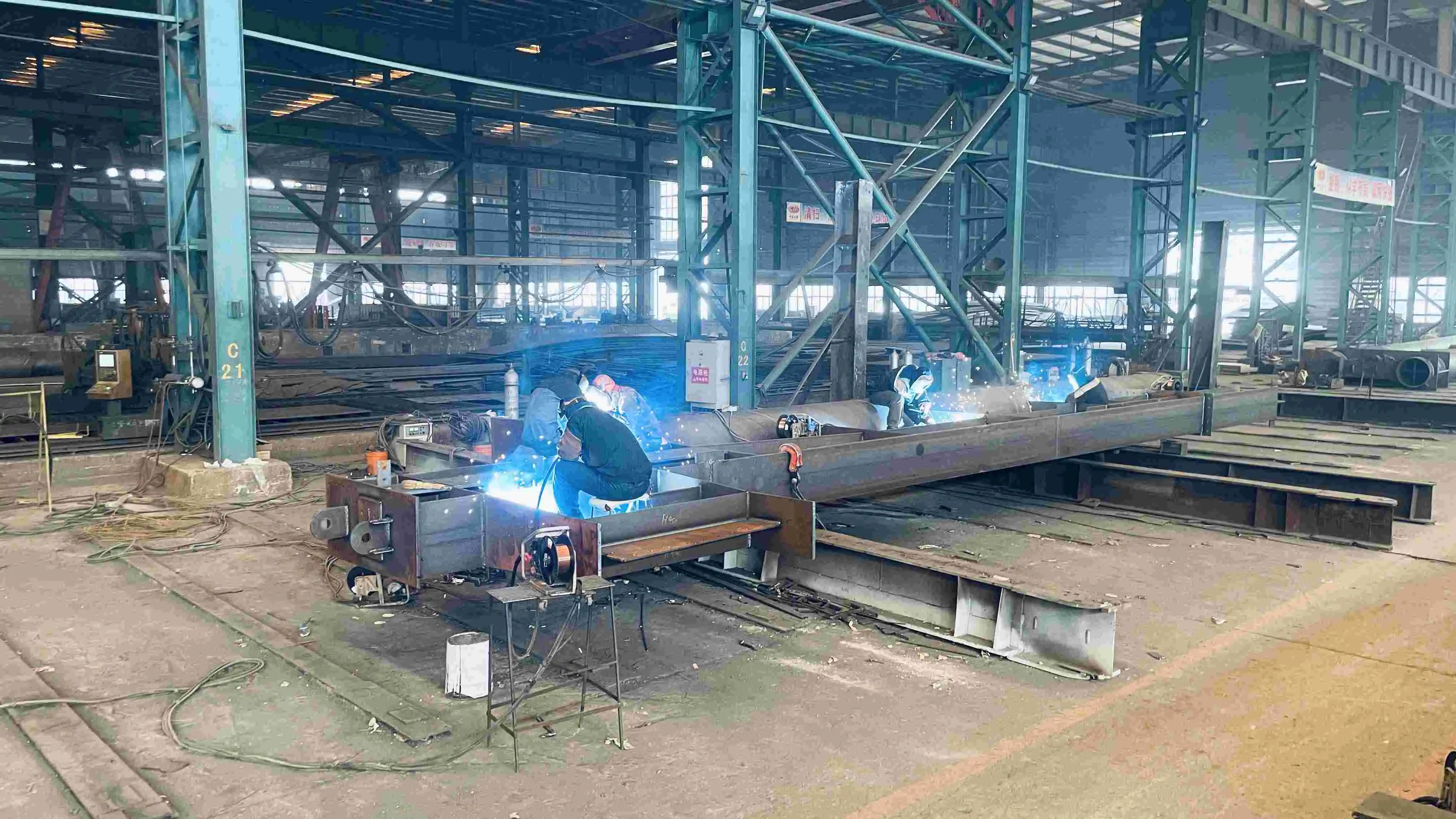
Construction Efficiency and Cost-Effectiveness
Fabrication and Assembly Process
Steel stadium construction benefits from precision prefabrication techniques that minimize on-site work and reduce project timelines. State-of-the-art facilities, equipped with 100-ton bridge cranes and cutting-edge fabrication procedures, enable the production of customized steel components with unparalleled accuracy. This level of precision, achieved through BIM-driven prefabrication, ensures seamless assembly on-site, dramatically reducing construction time and labor costs compared to traditional concrete pouring methods.
Construction Timeline Comparison
The modular nature of steel construction offers a significant advantage in project timelines. While concrete stadiums typically require 24-36 months to complete, steel structures can be erected in just 12-18 months, representing a 40% reduction in construction time. This accelerated timeline is particularly crucial for event-driven deadlines, such as Olympic Games or FIFA World Cup preparations. The ability to fast-track construction without compromising quality is a hallmark of advanced steel fabrication techniques employed by industry leaders.
Long-Term Cost Analysis
Initial construction costs may seem comparable between steel and concrete, but the long-term financial benefits of steel structures become apparent over time. Steel stadiums offer approximately 23% lifetime cost savings compared to concrete alternatives, thanks to lean manufacturing processes and reduced maintenance requirements. The recyclability of steel, with up to 90% of the structure being reusable, aligns with sustainable practices and contributes to lower end-of-life costs. Additionally, the adaptability of steel structures for post-event conversion, such as transforming Olympic venues into community sports complexes, maximizes long-term value for stakeholders.
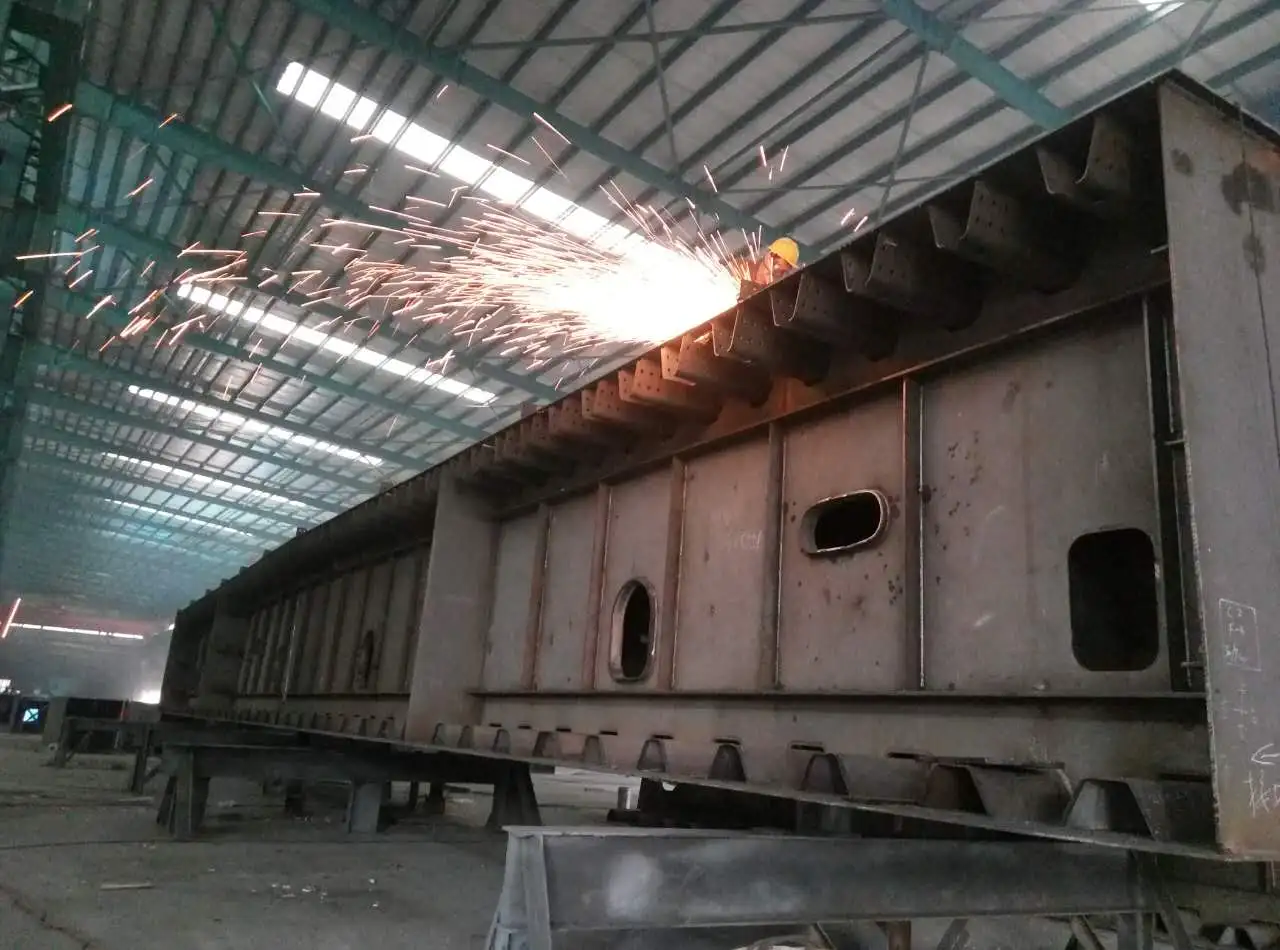
Environmental Impact and Sustainability Considerations
Carbon Footprint and Energy Efficiency
The environmental impact of stadium construction is a growing concern in today's eco-conscious world. Steel production has made significant strides in reducing its carbon footprint through innovative manufacturing processes and the use of electric arc furnaces. The high strength-to-weight ratio of steel means less material is required overall, further reducing the environmental impact. Additionally, the thermal properties of steel can be leveraged to create energy-efficient structures, incorporating features like solar-ready roof systems for sustainable energy generation.
Recyclability and Circular Economy
Steel's inherent recyclability sets it apart in the realm of sustainable construction. With up to 90% of steel structures being recyclable, steel stadiums contribute significantly to the circular economy. This recyclability not only reduces waste but also decreases the demand for raw materials in future construction projects. Concrete, while recyclable to some extent, often ends up in landfills due to the challenges associated with separating it from other building materials.
Adaptive Reuse and Future-Proofing
The adaptability of steel structures offers unparalleled opportunities for future-proofing and adaptive reuse. Steel stadiums can be easily modified, expanded, or repurposed to meet changing needs, ensuring their relevance and utility for decades to come. This flexibility is particularly valuable for mega-event venues, which can be transformed into multi-use community spaces post-event, maximizing their long-term value and minimizing the risk of becoming "white elephants." The ability to integrate cultural motifs, retractable roofs, or advanced technological systems into steel structures further enhances their adaptability and longevity.
Conclusion
In the arena of stadium construction, steel structures stand tall as the superior choice for longevity, efficiency, and sustainability. With their unmatched durability, flexibility, and eco-friendly attributes, steel stadiums offer a compelling solution for modern sports and entertainment venues. As we look to the future of public infrastructure, the advantages of steel in terms of structural integrity, cost-effectiveness, and environmental impact make it the clear winner in the steel vs. concrete debate for stadium construction.
Contact Us
For world-class steel stadium solutions that combine innovation, durability, and sustainability, turn to Zhongda Steel. Our expertise in precision steel fabrication, coupled with advanced technologies like -60°C Weathering Steel Anti-corrosion and ultra-thick plate cutting, ensures your stadium project exceeds expectations. Experience the benefits of our steel structures, from rapid construction to long-term cost savings. Contact us at Ava@zd-steels.com to explore how we can bring your vision to life with unparalleled quality and efficiency.











